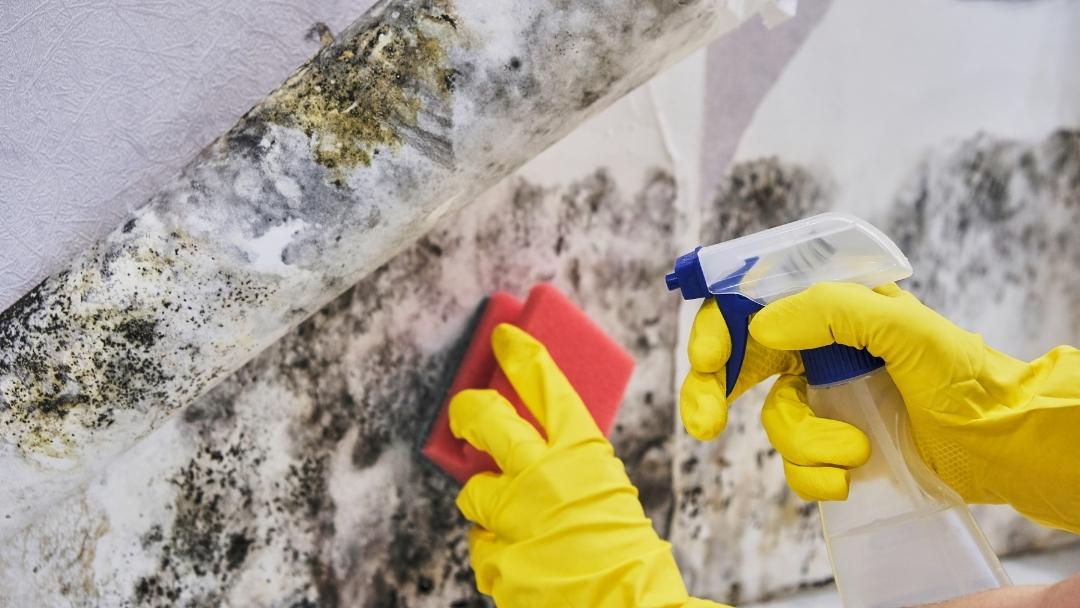
In the city of Miami, it is very common for rains, storms, hurricanes or floods to cause moisture problems in homes. Humidity can be an inconvenience in itself, but it can also attract an extremely dangerous fungus: mold. Not only can this be a health problem, but it will also cause property damage and spread throughout the house. However, in some cases there are some treatments that can be performed to repair this damage. For this reason, in this blog post we will analyze whether mold damage is reversible and in which cases we can have positive results.
The first thing to mention is that not all cases of mold can be reversed. There are some conditions that make some damage repairable and others not. Also, since we are talking about a fungus that is dangerous to health, if the damage is considerable, you should call a professional to take care of this matter. Remember that if you have home insurance, it will likely cover these repairs. If this is your case, do not hesitate to contact our public adjuster in Miami to pursue your case and receive the best possible compensation from the insurance company.
When is mold damage reversible
When experiencing mold damage, it is important that before repairing what is already done, any potential source of growth is removed. As is known, mold requires moisture to develop, so the first thing we must do is stop all sources of moisture. If not repaired properly, all efforts to remove mold will be in vain, as it is likely to return.
Now, continuing with the question of whether mold damage is reversible, we can establish that in certain cases it is. Depending on the size of the affected area, you may be able to clean up the mold yourself or hire a professional to do it. Following the United States Environmental Protection Agency, if the stain exceeds 10 square feet, expert work is recommended. If the stain is smaller than this surface, you can proceed to clean it yourself, always following some precautions and recommendations.
First, it’s important to wear clothing that can be thrown away or washed right away to remove any debris that may be left on it. This is important, as otherwise you are further spreading the growth of this fungus throughout the rest of the house. In addition, it is extremely important that you use an N95 type mask to avoid inhaling particles that are harmful to your health. Other safety elements, such as boots, latex gloves and glasses, are also necessary to minimize all types of cleaning risks.
The best thing to do to remove mold from surfaces is chlorine. Use a mixture of chlorine and water to remove mold from surfaces, rubbing with a stiff brush until the fungus is completely eliminated. Then, you must rinse with clean water and dry all surfaces to finish the job. In addition, it is important that you ventilate the area well to remove any remaining moisture. In this way, you will be preventing the formation of new fungi and will also correctly evaporate any chlorine that may have remained.
When mold damage is not reversible
There are cases in which mold damage is not reversible and others in which it is very difficult to eliminate. We already mentioned the large extensions, which require professional help. It is also important to note that textiles are very complex, as mold can adhere deeply, making the job very difficult. The easiest thing in these cases is to remove any textile or absorbent surface that has been reached by mold. If impossible, resort to a professional cleaning. But without a doubt, the most serious thing that can happen is that the mold reaches the foundation of the building. In such cases, safe removal is extremely complex, so you should turn to experts without hesitation.
